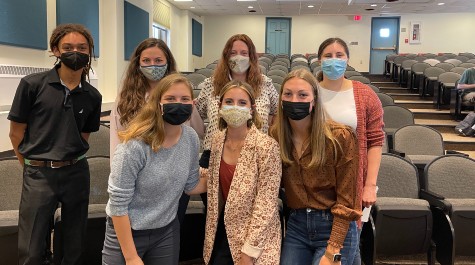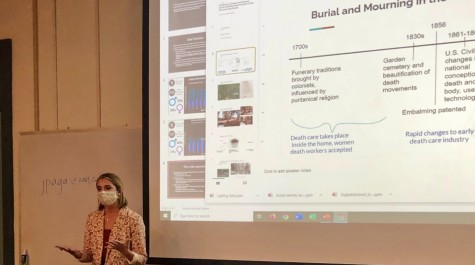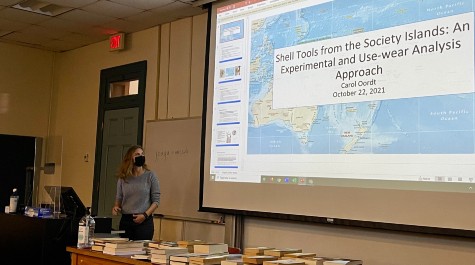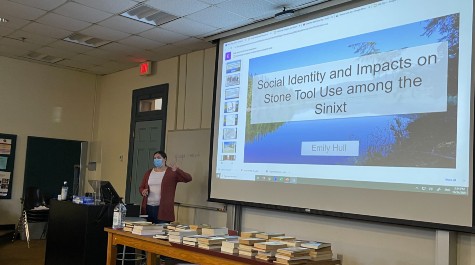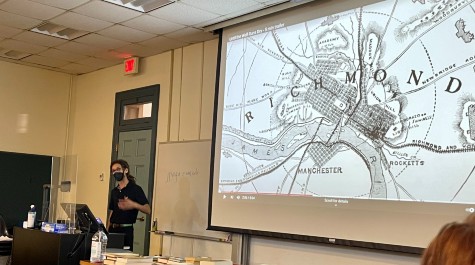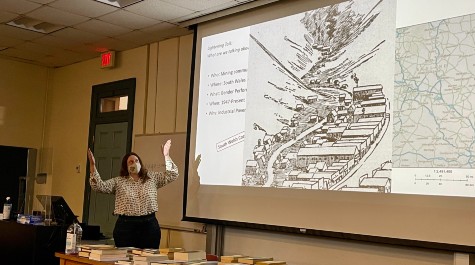Students at Anthropology Department Shared Lightning Talks on International Archaeology Day 2021
On Sunday, Oct 24, seven archaeologists/anthropologists in training with the Department of Anthropology presented a series of lightning talks at the International Archaeology Day event co-organized by the Department of Classical Studies and the Department of Anthropology. The research projects covered a wide range of topics, from cultural changes and continuities throughout time within a region (Annabelle Lewis) to the relationship between technology and social identities (Emily Hull). Regional interests featured in the talks were global in scope, including Oceania (Caroline Donovan), Polynesia (Carol Oordt), and Wales (Allie Mead). These topics concern not only archaeologists and historians alike, but individuals curious about the connections between our past and the present. The lightening talks demonstrated different approaches to archaeological questions, as well as technological and methodological possibilities for solving archaeological puzzles. Caroline Watson, a PhD student, revealed how Geographic Information System tools (GIS) can be used to collect information about the spatial distribution of archaeological features. Such data can enhance archaeologists’ understanding of people’s cultural constructions of landscapes. Malachi Tripaldi, another PhD student, showed the potential of biological-cultural approaches in extracting social information from skeletons, a method that has helped scholars rectify narratives misrepresented in the recent past. Allie Mead, a PhD student with a background in archaeology and cultural anthropology, brought an anthropological perspective into the IAD conversation by presenting a case study that unfolded the picture of females’ lives in South Wales from 1947 to 1985.
For these emerging scholars, the IAD event was both an occasion for academic communication and a platform where their projects could be heard by a broader audience. When talking about the experiences in the event, MA student Annabelle Lewis mentioned, “Six graduate students and one undergraduate student from the Anthropology Department had the opportunity to present brief talks on our research to other William & Mary students and the general public. I enjoyed being able to practice my presentation skills while also supporting my colleagues in Anthropology and making new connections with members of the Classics department. I really appreciate Dr. Paga’s hard work in making the event a success.” Caroline Donovan, an undergraduate student who presented her research on the gender publishing patterns in Oceania archaeology, also highlighted the bridging effect of the event. “Participating in International Archaeology Day gave me an opportunity to present my preliminary research and connect with graduate archaeology students,” said Caroline. “It was a wonderful experience to hear students speak about their exciting work!”
 Skip to main content
Skip to main content

